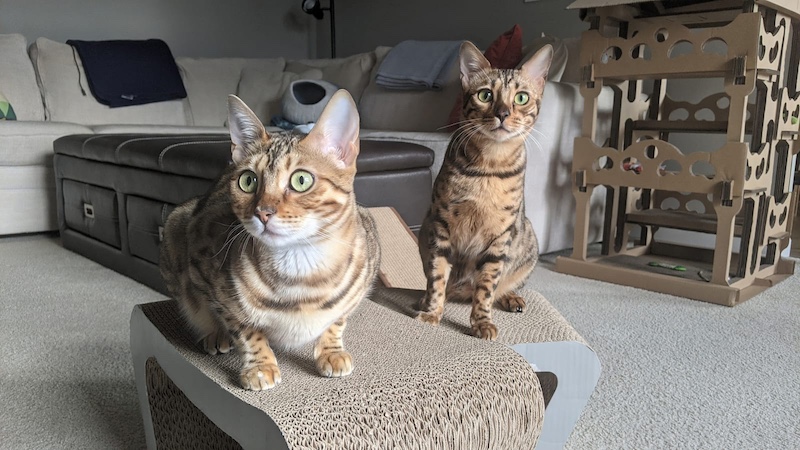Cats have long been cherished companions, beloved for their independence, mysterious nature, and charming antics. Whether you’re a seasoned cat owner or just a feline enthusiast, there’s always something new to learn about these fascinating creatures. Here are ten fun facts about cats that might surprise you!
1. Cats Have a Unique Way of Drinking Water
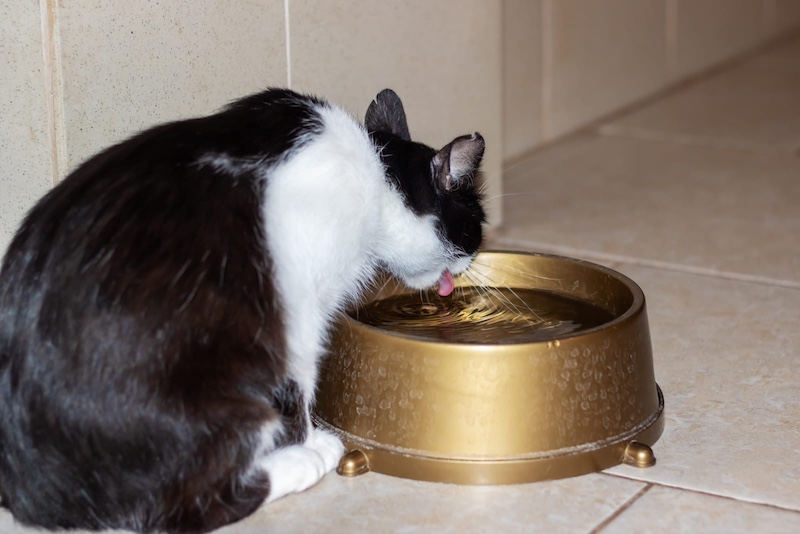
Cats use a fascinating technique to drink water. Unlike dogs, which scoop water with their tongues, cats delicately touch the tip of their tongue to the water’s surface and quickly draw it back. This creates a column of liquid that they close their mouths around before gravity can pull it back into the bowl. This process happens at an incredible speed, demonstrating the precision and efficiency of feline behavior.
2. Whiskers Aren’t Just for Show
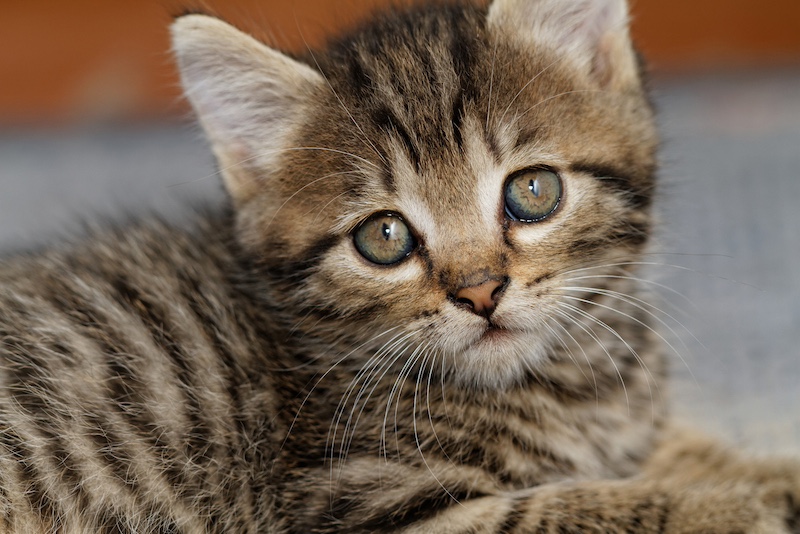
A cat’s whiskers are not just cute; they serve a crucial sensory function. Whiskers are highly sensitive and can detect even the smallest changes in the environment, helping cats navigate and judge the width of openings. They are also used to detect movement and vibrations, making them essential for hunting and exploring their surroundings.
3. Cats Can Make Over 100 Different Sounds
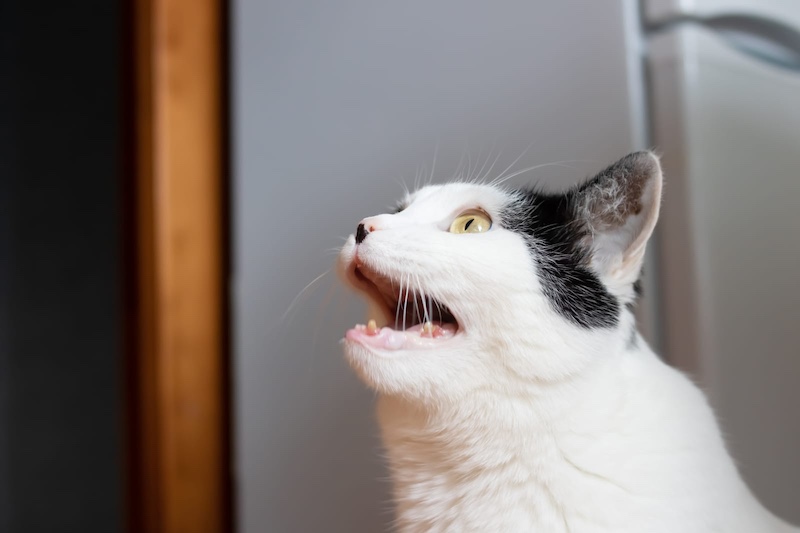
While dogs typically make about ten different sounds, cats can produce over 100 vocalizations. These include purring, meowing, hissing, growling, and chirping. Each sound can convey a different emotion or intention, from greeting their owners to warning off potential threats. This vast array of sounds showcases the complexity of feline communication.
4. Their Purring Has Healing Powers
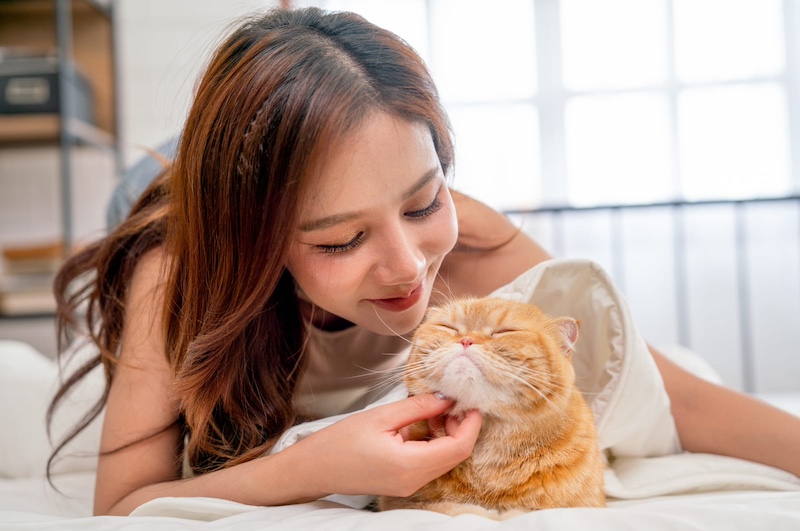
Cat purring is often associated with contentment, but it can also have healing properties. The frequency of a cat’s purr, ranging between 25 and 150 Hertz, is known to promote tissue regeneration and bone healing. Some studies suggest that having a purring cat nearby can help reduce stress and lower blood pressure in humans, making our feline friends both comforting and beneficial for our health.
5. Cats Have an Exceptional Sense of Smell
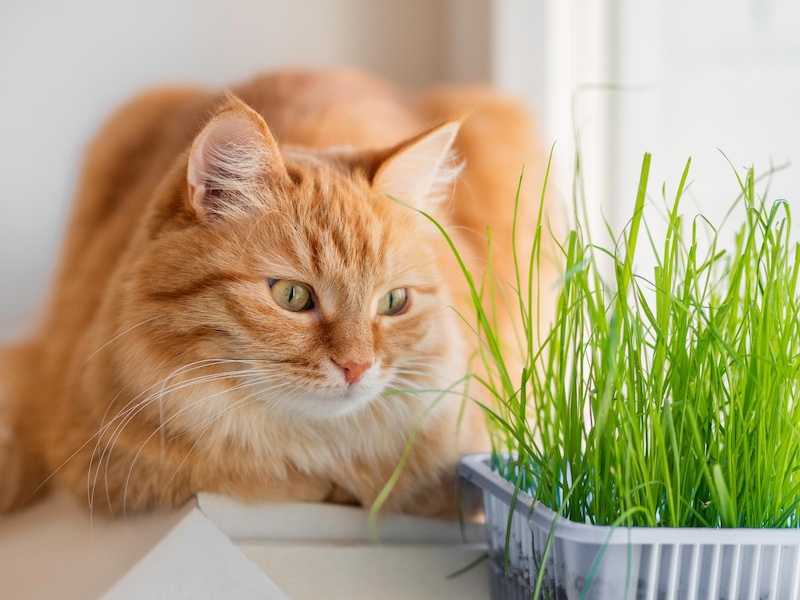
A cat’s sense of smell is 14 times stronger than that of a human. This heightened sense is essential for communication and hunting. Cats use scent to mark their territory, identify other animals, and locate prey. Their noses are also highly sensitive to pheromones, which play a significant role in their social interactions and behaviors.
6. Cats Are Crepuscular
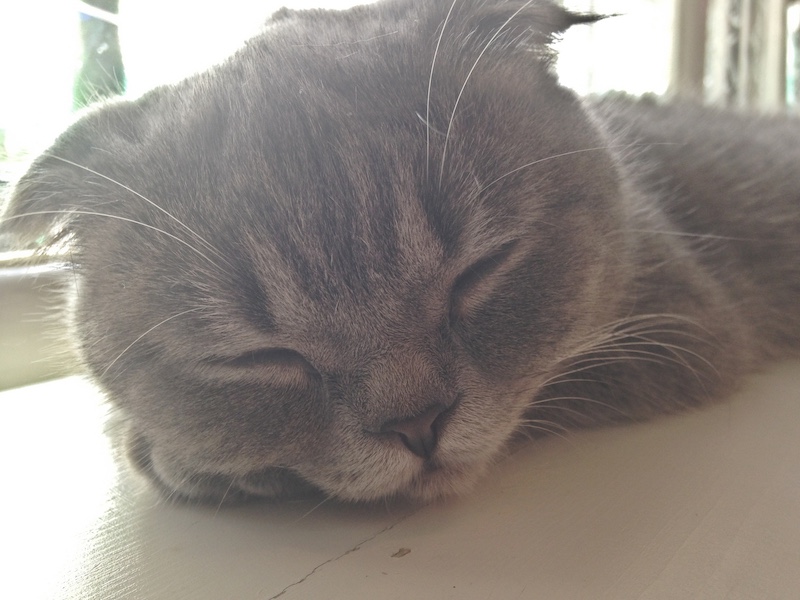
Many people think of cats as nocturnal, but they are actually crepuscular, meaning they are most active during the dawn and dusk. This behavior stems from their wild ancestors, who hunted during these times to avoid predators and maximize their chances of catching prey. This can explain why your cat may have bursts of energy early in the morning and late in the evening.
7. A Cat’s Brain is Similar to a Human’s
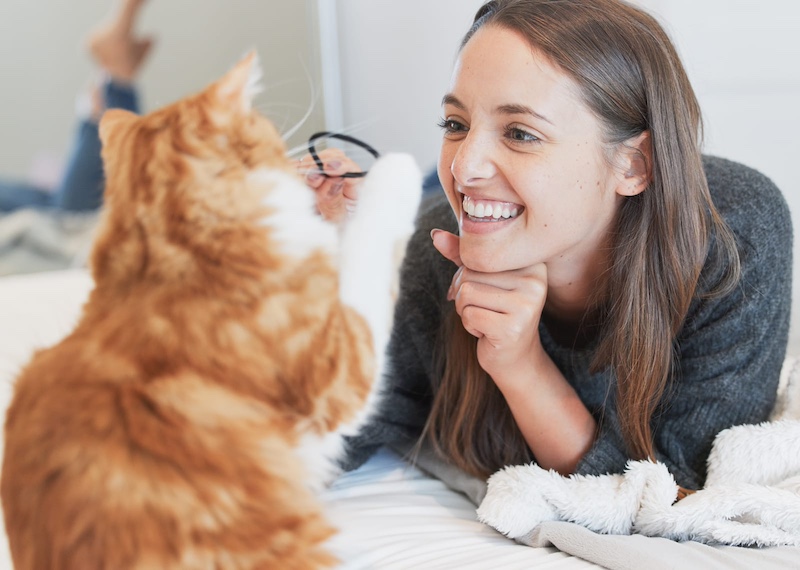
Surprisingly, a cat’s brain shares about 90% of its structure with a human brain. Both cat and human brains have similar regions that control emotions, and both species have complex cognitive abilities. This similarity may explain why cats can form deep bonds with their owners and display behaviors that seem strikingly human-like.
8. Cats Walk Like Camels and Giraffes
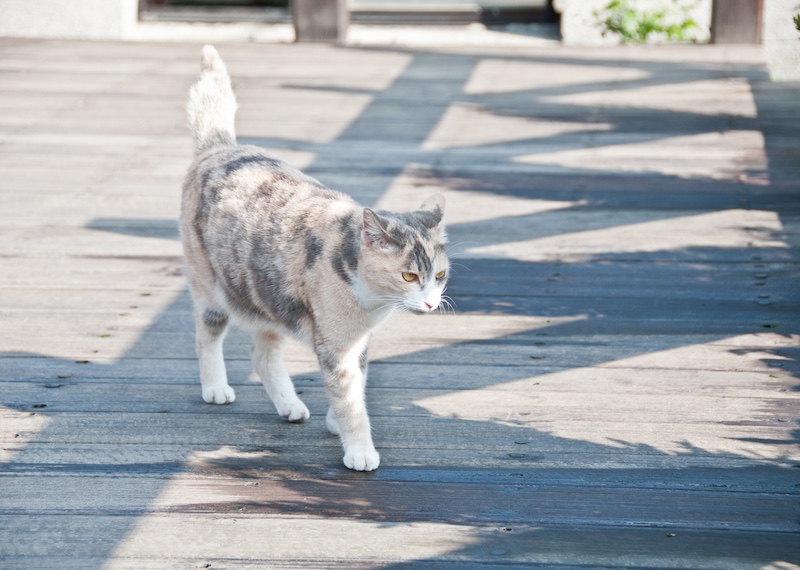
Cats have a unique walking pattern known as “direct registering.” When a cat walks, its back paw steps into almost the exact spot as the front paw that was previously on the ground. This minimizes noise and visible tracks, making them stealthy hunters. Interestingly, this gait is shared by camels and giraffes, but not by other common quadrupeds.
9. They Have a Specialized Collarbone
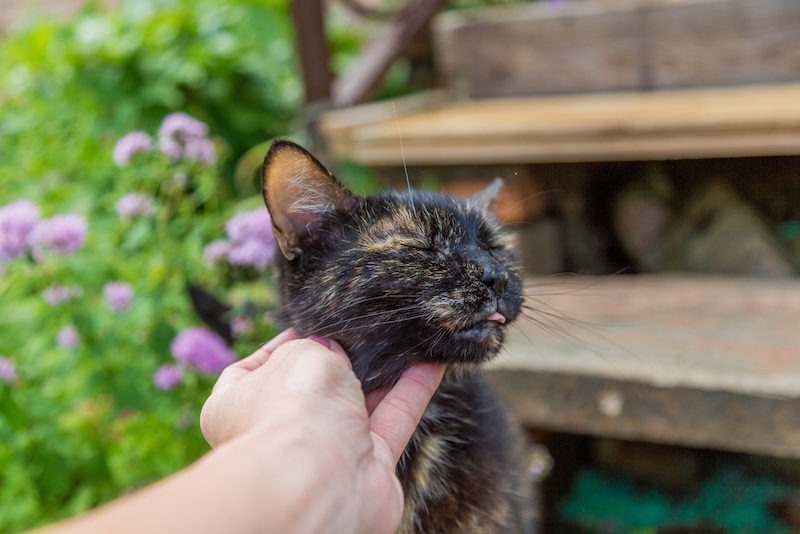
Cats have a free-floating clavicle (collarbone) that allows them to squeeze through any space they can fit their head through. This anatomical feature gives them incredible flexibility and agility, enabling them to escape predators, hunt effectively, and navigate their environment with ease.
10. Cats Have a Third Eyelid
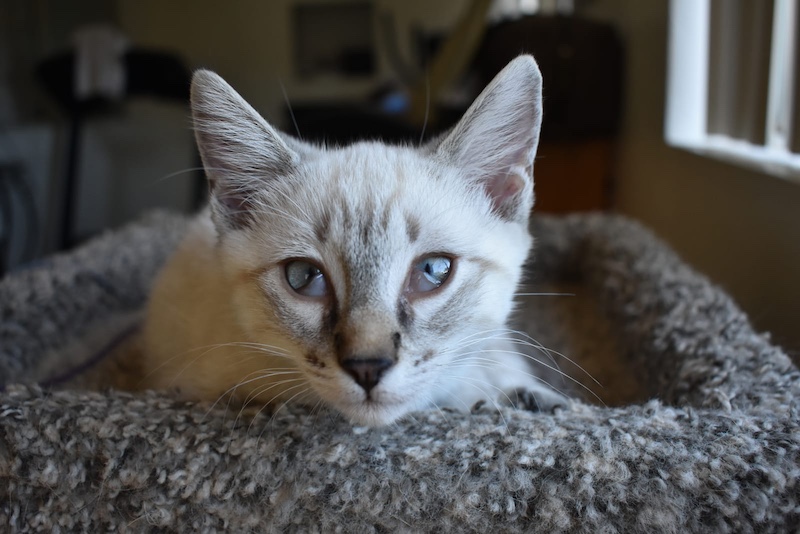
Cats have a third eyelid, known as the haw or nictitating membrane, which provides extra protection to their eyes. This eyelid helps keep the eye moist and can cover the eye partially while still allowing the cat to see. It’s usually not visible but can appear when a cat is unwell, stressed, or tired, signaling that it might need some extra care and attention.

